Let me tell you, when I first moved to Japan almost ten years ago, I thought I was prepared. I’d done my research. I knew Japan was big on recycling, and I was feeling all eco-warrior about it. How hard could it be? Just toss your plastics in one bin, your burnable trash in another, right? Wrong. Oh, so very wrong. Garbage sorting and recycling in Japan are on a whole other level, and let me tell you—it can feel like you’re studying for a PhD in Trashology.
Fast forward to today, and here I am, still sometimes clutching my trash, staring at it like it holds the meaning of life. Burnable? Non-burnable? Recyclable-but-not-quite-because-this-plastic-has-a-weird-logo-I’ve-never-seen-before? The confusion never fully goes away. But I’ve learned the ropes the hard way, and now I’m going to spill the tea on what garbage sorting and recycling in Japan really involves so you don’t spend your Sunday night panic-Googling “where to put yogurt containers in Japan.”
The Great Garbage Breakdown
Let’s clear up the confusion once and for all! When it comes to garbage sorting in Japan, it can feel like trying to pass an exam you didn’t study for. The categories might sound simple on the surface—burnable, non-burnable, recyclable—but as you probably already suspect, there are plenty of nuances. I’ll break it down with some real-world tips so that you can walk away feeling like a gomi-sorting pro.
Burnable Garbage (燃えるゴミ, Moeru Gomi)
You’d think burnable just means anything that can go up in flames, right? Not exactly. Burnable garbage is usually collected a couple of times a week and includes things like:
- Food scraps: Those leftover bits from dinner? Toss them here.
- Paper products: Tissue, paper towels, and even paper cups go in the burnable category. But hold up—don’t throw cardboard here (that’s usually recyclable).
- Wood items: Toothpicks, wooden chopsticks from your convenience store lunch? Burnable!
- Rubber/leather items: Small rubber items, like broken erasers or worn-out leather belts.
The trick here is that just because something burns doesn’t mean it belongs in burnable waste. Japan is big on minimizing unnecessary incineration, so things like plastics? Those have their own category.
Pro tip: If you’re not sure, look at the material. If it’s soft, fibrous, or could rot, it’s probably burnable. But plastic is not your friend here, no matter how small it is!
Non-Burnable Garbage (燃えないゴミ, Moenai Gomi)
Now we’re getting into the gray area. “Non-burnable” basically means things that would either damage the incinerator or just don’t make sense to burn. But it’s not as simple as throwing anything that doesn’t burn into this pile. Non-burnable garbage includes:
- Glass and ceramics: Broken glass, old cups, cracked plates—you get the idea.
- Metal objects: Small metal items, like old cutlery, nails, or hardware, belong here.
- Electronics (small appliances): If you’re ditching a broken hairdryer, fan, or toaster that fits in a regular-sized garbage bag, it’s going in non-burnable. Anything bigger? That’s a whole sodai gomi (bulky waste) situation.
But here’s where it gets tricky: some non-burnable items are recyclable. For example, cans and PET bottles don’t belong here—they’re recyclable. If it’s a small, non-recyclable item and doesn’t fit in any other category, non-burnable is your answer.
Pro tips: If it’s sharp, metal, or glass, think non-burnable. If you’re holding a plastic spoon and wondering where it goes, keep reading—you’re probably holding a recyclable.
For safety reasons, you should wrap sharp objects like broken glass or knives in thick paper or cloth, clearly label them as dangerous (kiken), and place them in a transparent bag before putting them out for collection. This ensures the garbage handlers can see what they’re dealing with and avoid injury.
Recyclables (リサイクル, Risaikuru)
Ah, the category that seems endless—recyclables. This isn’t just about tossing in bottles and calling it a day. Japan takes recycling seriously, and this category is usually divided into sub-categories. Here’s what typically goes into recycling:
- PET bottles: These are your plastic drink bottles. But don’t just toss them in the bin—remove the labels, rinse them out, and don’t forget to crush them. They love a flat PET bottle here.
- Cans: Aluminum and steel cans (soda cans, beer cans, etc.). Again, rinse them out to avoid any leftover sticky soda wreaking havoc.
- Plastic packaging: Anything with the “プラ” logo (pronounced pura). This includes food containers, shampoo bottles, and plastic wrap. But make sure you rinse these too, because dirty plastics? Not happening.
- Paper and cardboard: Cardboard boxes, newspapers, magazines, and paper bags. In some places, you need to tie them up with string before putting them out.
The key here is that each type of recyclable may have its own collection day, and different areas may ask for different methods. In some cities, you separate all plastics, but in others, PET bottles might be in a completely separate category. Keep an eye on your area’s rules!
Pro tip: Check for the symbols! The “プラ” mark will tell you it’s recyclable plastic, and the triangular recycling mark on bottles will save you some second-guessing. Oh, and don’t forget to rinse. They’re not messing around with that part.
Large/Bulky Waste (粗大ゴミ, Sodai Gomi)
Got an old chair that’s seen better days? A bicycle that’s rusted beyond repair? That’s where sodai gomi comes in. Here’s the deal: if it’s bigger than about 30 cm or it doesn’t fit in your regular garbage bags, it’s sodai gomi. Typical examples include:
- Furniture (chairs, tables, futons)
- Large appliances (microwaves, heaters, etc.)
- Bicycles
But here’s the catch—you can’t just leave your broken sofa out on the curb and hope for the best. Sodai gomi requires some scheduling. You’ll need to call or go online to arrange a pickup, buy special stickers (called sodai gomi shori-ken), and stick them on the item before your scheduled date. Depending on where you live, the pickup could take anywhere from a week to a month, so plan ahead if you’re moving or doing a big cleanup.
Pro tip: Sodai gomi isn’t cheap, but you can save some money by dropping the items off at a local collection center yourself—just be sure to book an appointment!
How to Tell Where Something Goes
So how do you really know if something’s burnable, non-burnable, recyclable, or bulky? Here are some tips to help you sort like a local:
- Look for the symbols: Recyclable items will usually have symbols that make it easy to identify. Look for the “プラ” symbol on plastics and the PET recycling mark on bottles.
- Think about the material: Burnable trash is mostly organic—paper, food scraps, tissues, and small wooden items. Plastics and metals? Not burnable.
- Consider the size: If it’s too big to fit into a regular trash bag, it’s likely bulky waste (sodai gomi). If it’s glass or metal, it’s non-burnable, but if it’s packaging, it might be recyclable.
- Check your local guide: Every area has its own set of rules and a handy illustrated guide (because of course Japan gives you pictures). Keep that guide on your fridge or phone, and check it if you’re ever unsure.
- Ask for help: Don’t be shy about asking your neighbors or your building’s management office. They’re usually more than willing to help you out, especially if it means keeping the trash area in order!
Now, if you thought the categories I just described were enough to make you cry into your over-sorted trash bags, think again. Depending on where you live, these categories can multiply like rabbits. There’s hazardous waste (hey, batteries), and depending on your area, they might even separate glass by color. Glass! By color! Who has the emotional bandwidth for that?
And just when you think you’ve got the system down, you move to another city and everything changes. In Tokyo, plastic bottles might go out with the cans, but in Osaka? No, ma’am, you’re separating those. Don’t even get me started on small towns with their ultra-specific rules—”Oh, you didn’t tie up your cardboard boxes with twine? Hope you enjoy them sitting on the curb for a week!”
Each city has its own rules and its own garbage collection calendar, and yes, I suggest printing that thing out and sticking it to your fridge like it’s a holy relic. Just head on over to your city’s website and it’s guaranteed that they have a copy. If they’re feeling particularly helpful to foreigners, they might even have English versions ready for you to print out!
Now, if you’re living in an apartment complex, lucky you (sort of). Most management companies already have the garbage schedule posted somewhere in the building, probably in the elevator or right by the trash area, complete with Japan-style cute and colorful illustrations showing exactly what gomi goes where and when. There’s usually a detailed guide provided when you move in, and trust me—it’s your best friend.
They will check to make sure you’re following the rules. Miss a collection day, or mix up your non-burnables with your recyclables, and it won’t go unnoticed. Neighbors here are very aware of who’s playing fast and loose with their garbage sorting, so if you want to stay on their good side, take that illustrated guide to heart.
I mean, the last thing you want is to become “that foreigner” who’s always messing up the trash rules. Not only will your neighbors give you the side-eye, but your building management might start leaving “friendly reminders” (a.k.a. passive-aggressive notes) on your door to sort it out properly. Save yourself the drama—study the guide like it’s the most important document in your life. Because, well, it kind of is!
Konbini: Your Trash-Sorting Savior
When I say I’ve spent hours agonizing over where to put an empty bento box or an old deodorant stick, I’m not exaggerating. But then I discovered the beauty of convenience stores (konbinis) and supermarkets. Most of them have little trash stations where you can dump your recyclables like a pro. PET bottles, cans, plastic trays—just drop them in and walk away, feeling like you’ve hacked the system. It’s especially handy if you missed garbage day or if your apartment complex doesn’t have space for recycling bins. Bless the konbini.
Oh, and pro tip? Most supermarkets have specific drop-off points for soft plastics (like those bread bags or instant ramen packets) and used batteries. When in doubt, dump it there and hope for the best.
Scheduling: It’s Like Planning a Date with Your Trash
So, if you thought that sorting your garbage was the end of your worries, think again. In Japan, there’s a whole scheduling system that you have to follow to the letter, and it can vary wildly depending on where you live. Trust me when I say, the collection schedule will be your best friend—or your worst enemy—depending on how well you stick to it.
Most neighborhoods have a very specific collection day for each type of waste: burnable, non-burnable, recyclables, and bulky items (Sodai Gomi). Usually, burnable trash is collected twice a week (lucky you), but things like non-burnable items might only get picked up once or twice a month. Recyclables are often collected weekly or bi-weekly, but, again, this can change depending on the city or even your block.
Take my old neighborhood in Tokyo, for example. Burnables were picked up on Mondays and Thursdays, non-burnables on the second and fourth Wednesday of each month (don’t ask me why), and recyclables on Tuesdays. Miss one of these days, and you’re stuck with a smelly pile of food waste or an embarrassing stack of PET bottles for another week—or longer. Nothing says “adulting fail” quite like storing your trash for days because you overslept on garbage day.
To know when to put your trash out, your city or ward office will give you a waste collection calendar. Some even offer these guides in multiple languages (shoutout to Yokohama!), and they’ll detail exactly which trash goes out on which days. The calendar will likely also tell you how to prepare your waste—because yes, even how you present your garbage is a thing.
Your guide might include helpful instructions like how to bundle up your cardboard with string or how to flatten plastic containers before putting them out. Basically, it’s like a crash course in “How Not to Anger Your Neighbors.”
Most local governments also offer this information online, and some have apps to keep you on track. So if you’re like me and tend to forget schedules (because, well, life), downloading an app can save you a lot of hassle. These apps will even send you reminders, so no more waking up in a panic because you missed glass-bottle collection day.
The Nightmare That is Sodai Gomi (Bulky Trash)
Now, let’s talk about bulky waste (Sodai Gomi), which is honestly a whole event in itself. Getting rid of large items in Japan is not as simple as dragging your old chair to the curb and calling it a day. Oh no. Japan is far too civilized for that.
If you’ve got something big to get rid of—like that old TV, a mattress, or a dresser that no longer sparks joy—you’ll need to arrange a special pickup. And it’s not free. The process for Sodai Gomi is usually pretty similar across cities, but let’s take Yokohama as an example, because they have a fairly straightforward (if still annoying) system.
Here’s the deal:
Check What Counts as Sodai Gomi: First, you’ve got to make sure your item qualifies as Sodai Gomi. Generally, anything larger than 30 cm fits the bill—think furniture, bicycles, and big appliances. Smaller stuff might go in the regular trash or recyclables.
Schedule the Pickup: You don’t just toss your old sofa on the curb and hope for the best. You’ll need to contact your local waste management service to schedule a pickup. In Yokohama, you can either call their office or do it online. Once you’ve given them the details about what you’re getting rid of, they’ll assign you a collection date.
Here’s the kicker: depending on how busy they are, this could be anywhere from a week to a month away, so plan accordingly. You’ll also be told how much it’s going to cost you. Yes, you have to pay to get rid of your bulky trash—nothing in Japan comes easy, my friend.
Buy a Sodai Gomi Sticker: Here comes the fun part (sarcasm intended). After scheduling your pickup, you need to buy a special sticker called a “Sodai Gomi shori-ken” from a convenience store. The cost of the sticker depends on the size of the item you’re throwing away. For example, a small item like a chair might cost 200 yen, but a refrigerator? That’s gonna set you back a lot more. Slap that sticker on your item or items (make sure it’s visible) before the pickup date.
Put it Out at the Right Time: You can’t just leave your trash out whenever you feel like it. Sodai Gomi needs to be placed in a specific spot—usually right outside your house or apartment building—on the morning of the scheduled pickup day. Not the night before, because that would be too easy. If you miss this tiny window, well, better luck next time. You’ll have to reschedule, buy another sticker, and probably cry a little.
Yokohama also has a self-drop-off option if you’ve got a car and the desire to lug your old furniture across town. You can bring your bulky waste to a designated collection site by making an appointment, but honestly, if you live in a city like Tokyo or Yokohama where owning a car is as rare as a sunny day in the rainy season, good luck with that.
My Pro Tips for Surviving the Chaos of Japanese Trash Schedules
Get the Calendar and Never Let Go: Seriously, keep that thing on your fridge, in your phone, or tattoo it on your arm—whatever it takes. The collection days are not forgiving, and missing them can turn your apartment into a recycling graveyard.
Set Reminders: Use a phone app or old-fashioned sticky notes to remind yourself of collection days. Trust me, you don’t want to be the person who forgot to put out their burnable trash and now has to live with a stinky pile for an extra three days.
Plan Sodai Gomi in Advance: If you’re moving or just doing a big cleanup, don’t wait until the last minute to deal with your bulky items. Scheduling a pickup can take time, and rushing it only adds stress. You’ll also need to hunt down those stickers in advance.
Talk to Your Neighbors: If you’re not sure what day certain garbage types are collected, or how to prepare them, just ask your neighbors. You’ll save yourself a lot of confusion and make a good impression. Plus, people appreciate it when you follow the rules. In Japan, that’s pretty much the golden standard of life.
Navigating Japan’s garbage schedules and arranging Sodai Gomi pickups might feel like you’re running through a maze blindfolded, but once you get the hang of it, it’s really just another part of daily life here. And hey, at least you can brag to your friends back home about your advanced trash-sorting skills!
Why Garbage Sorting and Recycling in Japan Will Make You a Better Person
Here’s the thing: after all these years of battling the garbage beast, I’ve come to (almost) appreciate Japan’s garbage-sorting system. Sure, it’s a logistical nightmare sometimes, but the fact that nearly 84% of Japan’s PET bottles get recycled? That’s impressive.
The system exists for a reason, and it’s because Japan takes its environmental impact seriously. Once you get into the rhythm, you start to feel like you’re actually doing your part to reduce waste—and that’s something to be proud of.
I’ve still got moments where I want to throw all my trash into one giant bin and be done with it, but then I remember: I’ve come this far. You’ll get there too—just remember, it’s a marathon, not a sprint.

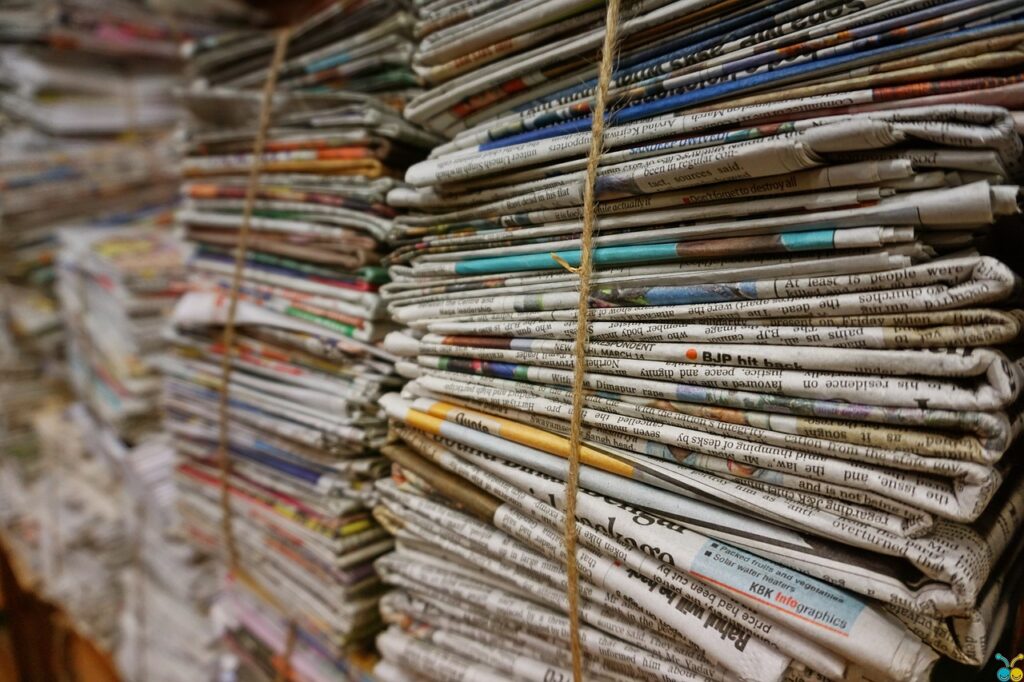

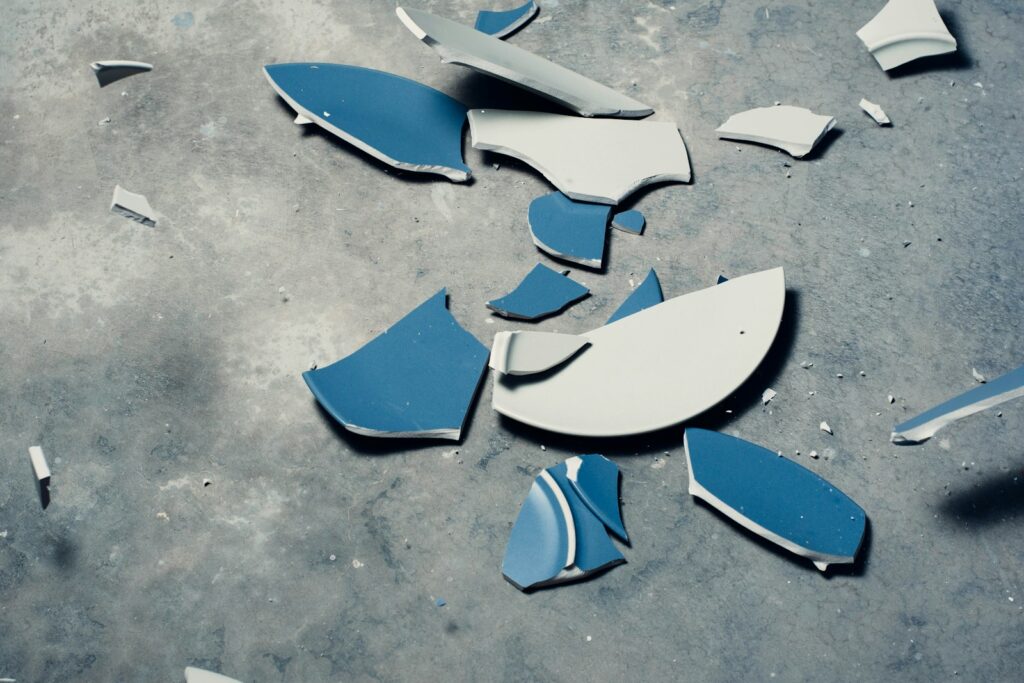
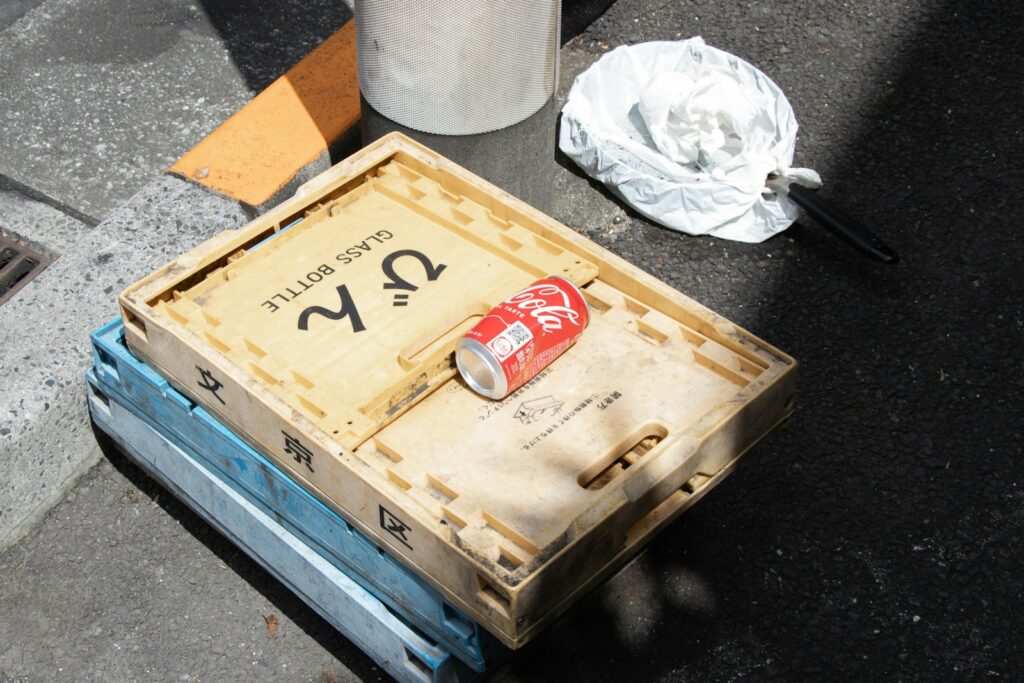
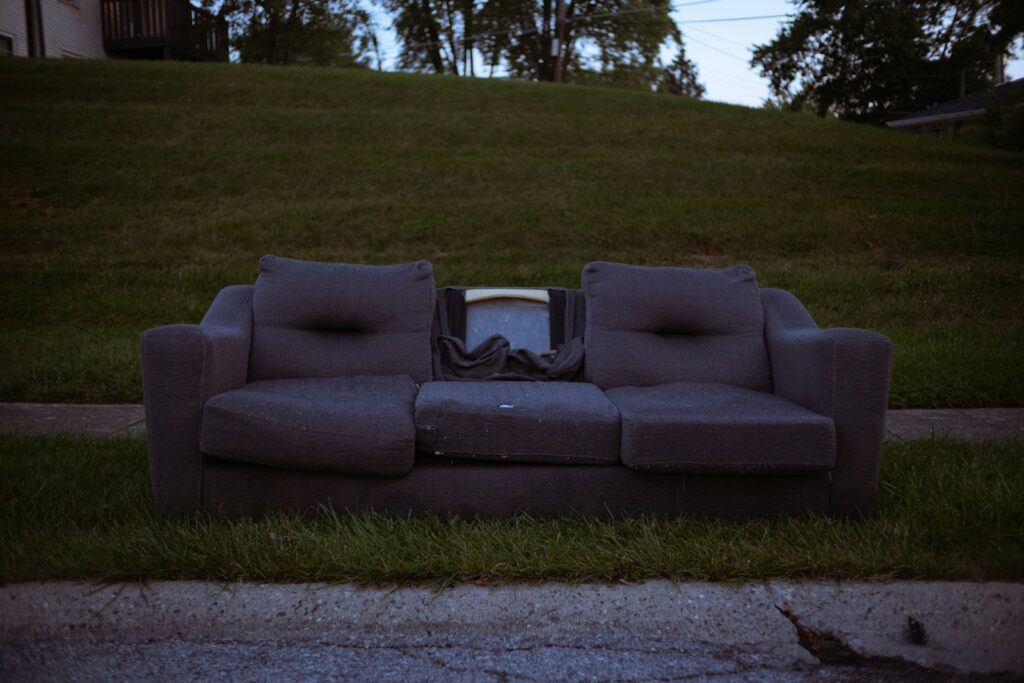
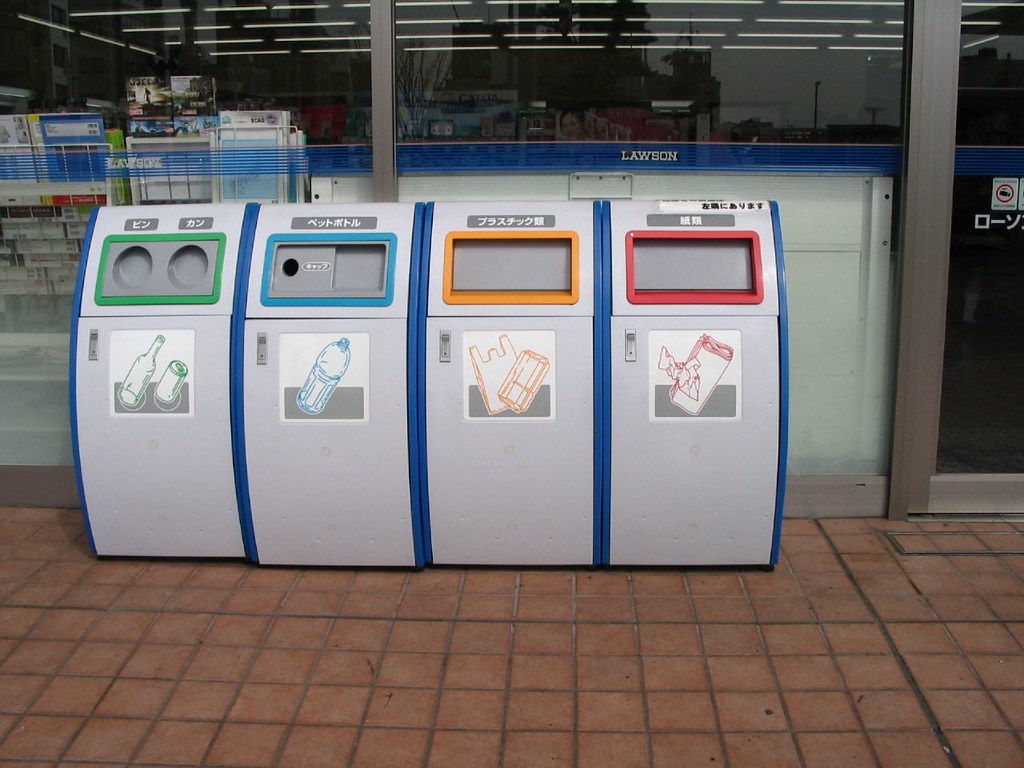
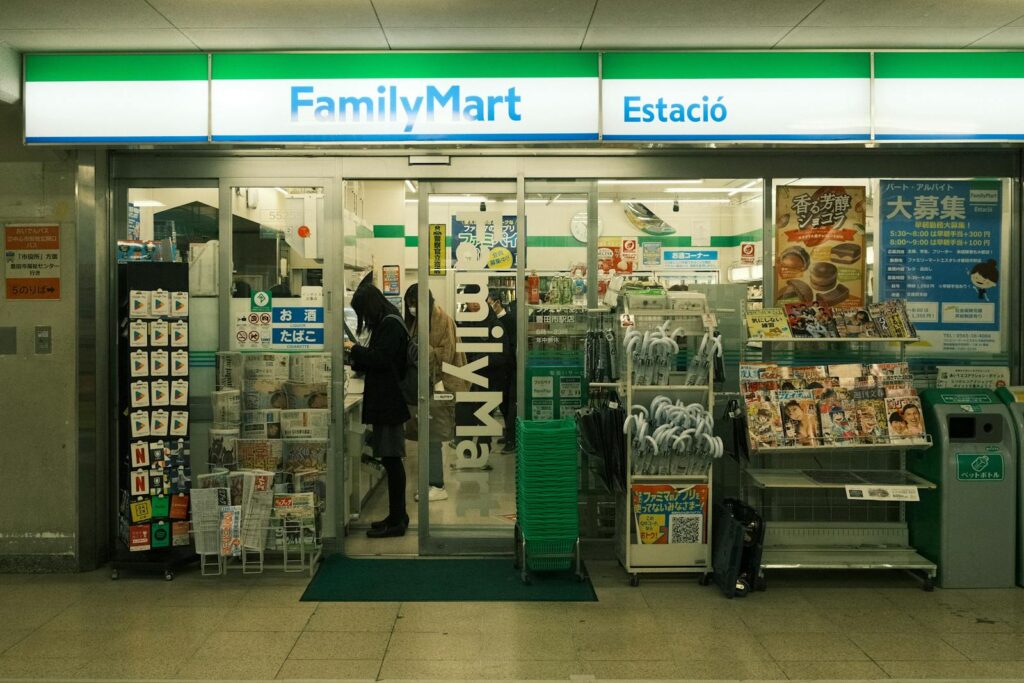
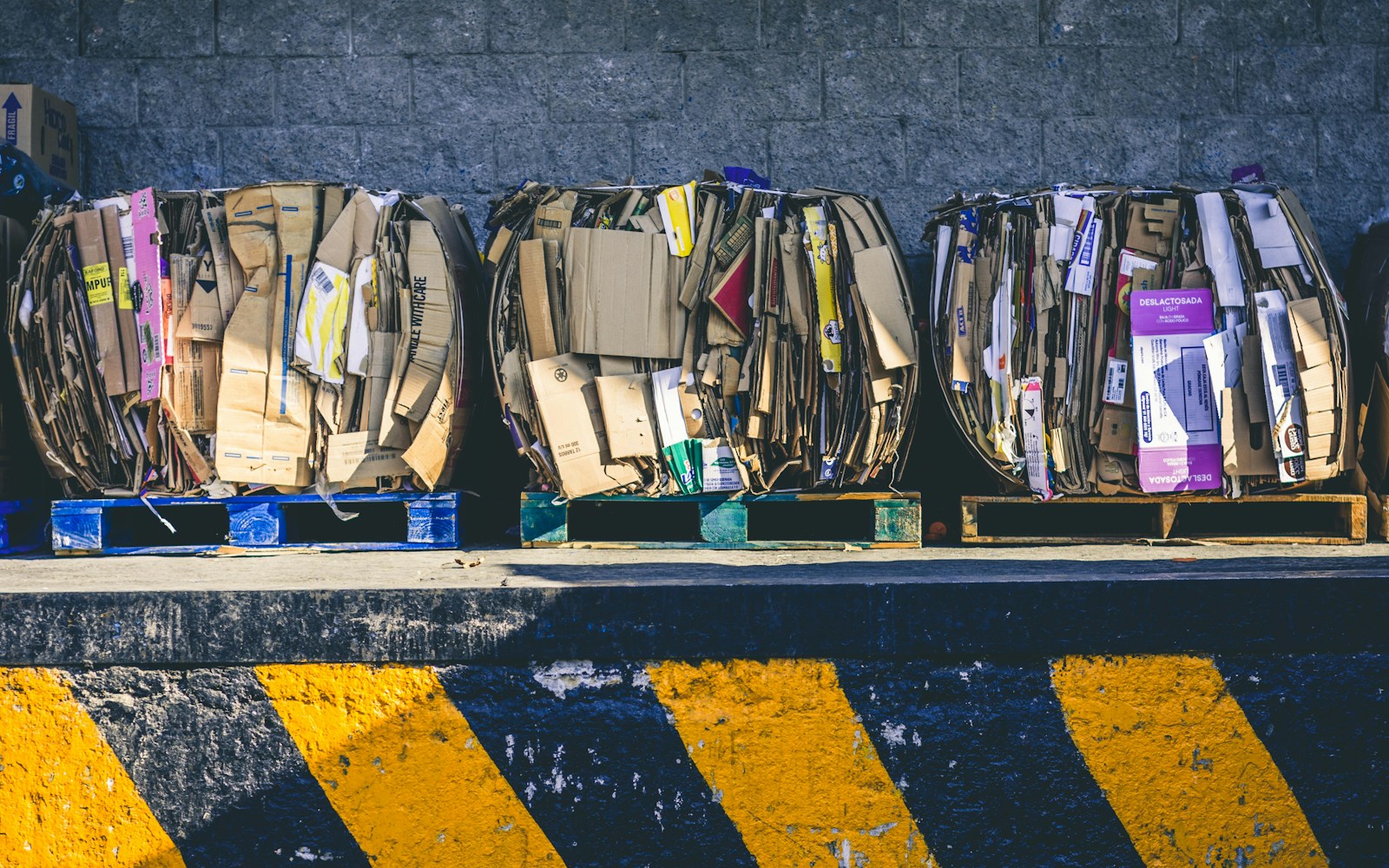
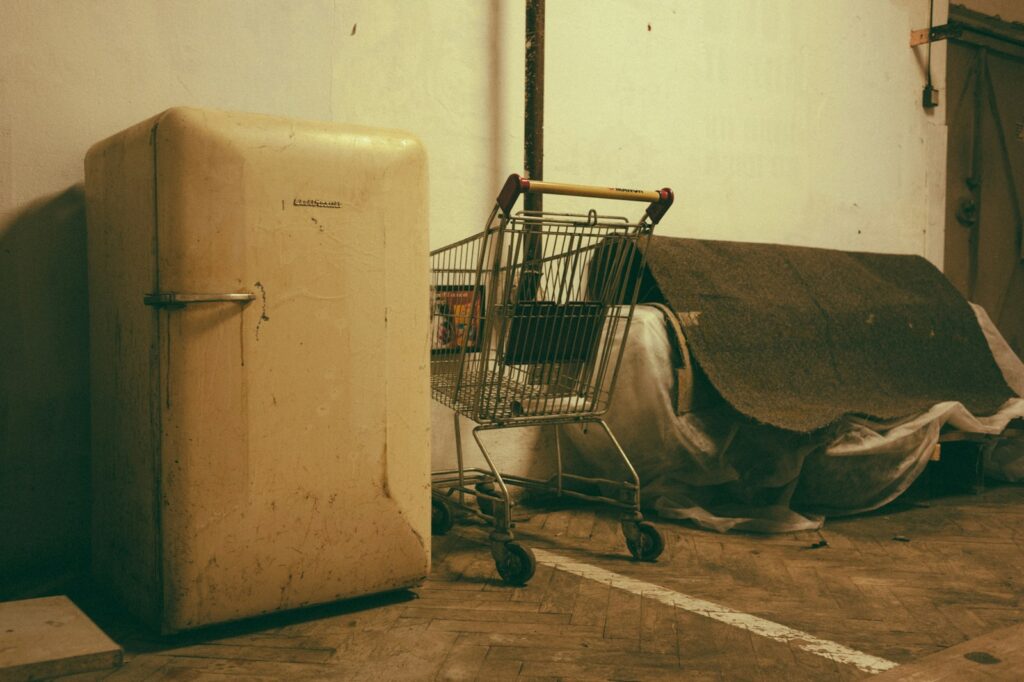
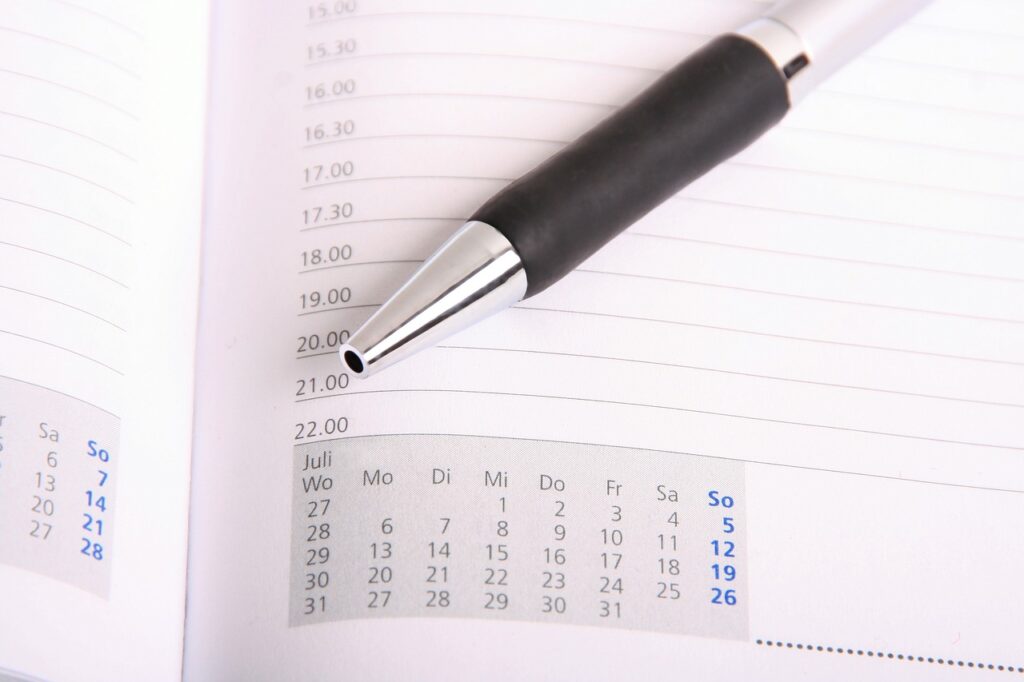
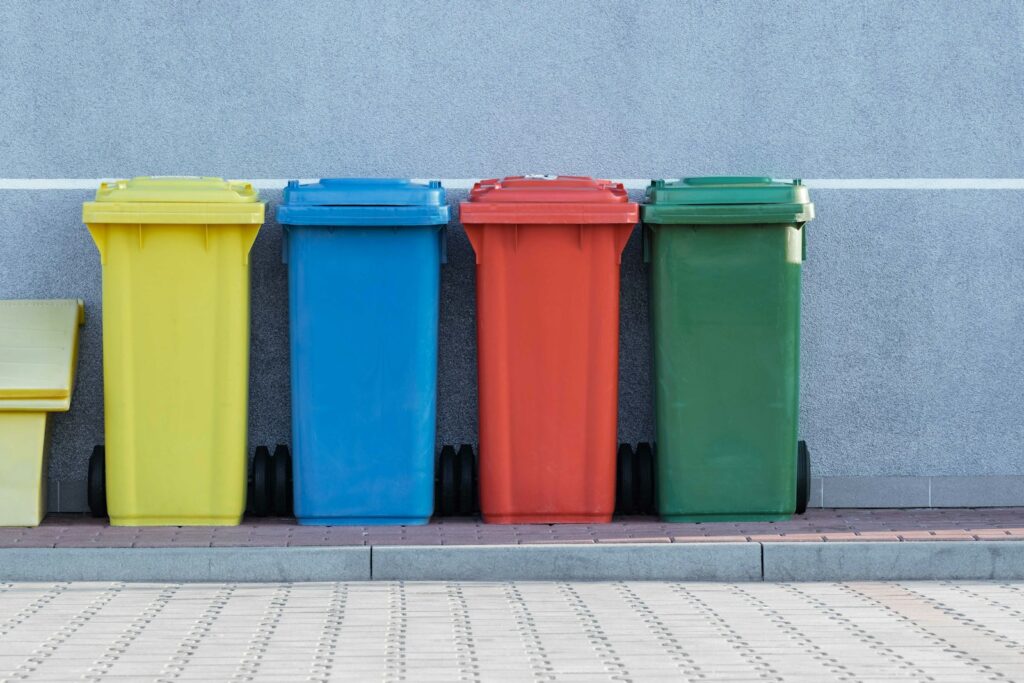



One thought on “Garbage Sorting and Recycling in Japan: What You Really Need to Know to Avoid Trash Nightmares”